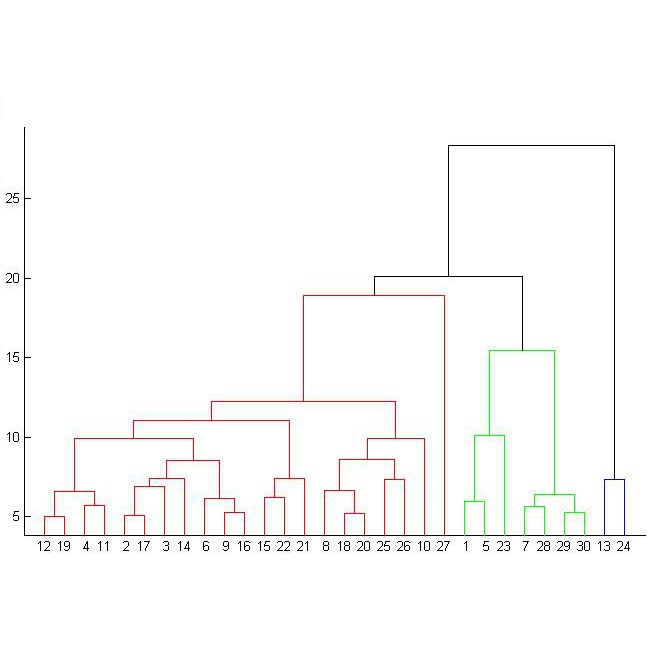The purpose of this study was to develop a fully-automated segmentation algorithm, robust to various density enhancing lung abnormalities, to facilitate rapid quantitative analysis of computed tomography images. A polymorphic training approach is proposed, in which both specifically labeled left and right lungs of humans with COPD, and nonspecifically labeled lungs of animals with acute lung injury, were incorporated into training a single neural network. The resulting network is intended for predicting left and right lung regions in humans with or without diffuse opacification and consolidation. Performance of the proposed lung segmentation algorithm was extensively evaluated on CT scans of subjects with COPD, confirmed COVID-19, lung cancer, and IPF, despite no labeled training data of the latter three diseases. Lobar segmentations were obtained using the left and right lung segmentation as input to the LobeNet algorithm. Regional lobar analysis was performed using hierarchical clustering to identify radiographic subtypes of COVID-19. The proposed lung segmentation algorithm was quantitatively evaluated using semi-automated and manually-corrected segmentations in 87 COVID-19 CT images, achieving an average symmetric surface distance of $0.495 \pm 0.309$ mm and Dice coefficient of $0.985 \pm 0.011$. Hierarchical clustering identified four radiographical phenotypes of COVID-19 based on lobar fractions of consolidated and poorly aerated tissue. Lower left and lower right lobes were consistently more afflicted with poor aeration and consolidation. However, the most severe cases demonstrated involvement of all lobes. The polymorphic training approach was able to accurately segment COVID-19 cases with diffuse consolidation without requiring COVID-19 cases for training.
翻译:这项研究的目的是开发一个完全自动化的分解算法,对各种密度增强肺部异常进行强力,以便利对计算成的透视图像进行快速定量分析。建议采用多形态培训方法,其中将人体左肺和右肺与COPD特别贴标签,并将非特定贴有标签的急性肺损伤动物肺部纳入单一神经网络的培训中。由此形成的网络旨在预测人体的左肺和右肺区域,不论是否传播透析和整合。拟议的肺分解算法的性能在CPD的CT扫描、确认的COVID-19、肺癌和森林小组的快速定量分析中得到了广泛评价,尽管没有为后三种疾病提供有标签的培训数据。在使用左肺部和右肺部截断分解法作为LobeNet算法的输入。 使用等级组合法来确定COVID-19-19的分解法。在87 COVID-19 的分解分解法中,确认 CVI-19 的分解性硬性硬性硬性硬性硬性硬性硬性硬性硬性剖体1 和以0.95 硬性硬性硬性硬性硬性硬性硬性硬性硬性硬体列的立体 的立体 。



